Book club: 'Chromes' explores William Eggleston's love affair with colour
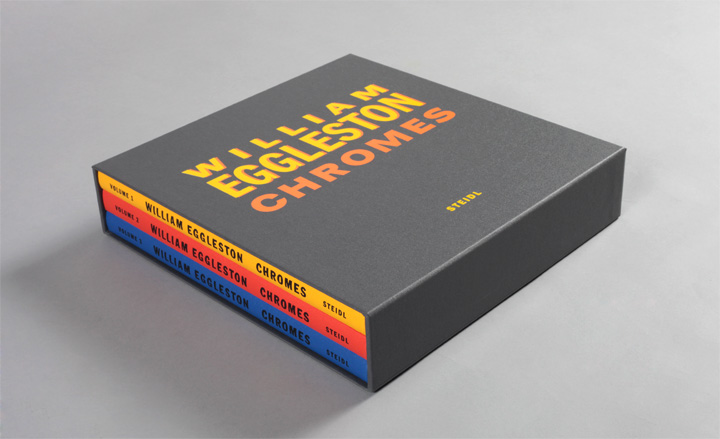
William Eggleston has a self-imposed rule when it comes to his photographic process - he famously restricts himself to only ever taking one picture of one thing. This somewhat spartan point-and-shoot approach and his subsequent glorification of the mundane has influenced everyone from Juergen Teller and Wolfgang Tillmans to Martin Parr and Wallpaper* contributor Nigel Shafran. A new tome, entitled 'Chromes', revolves around his early experimentation with colour and composition between 1969 and 1974, at a time when 'black and white' was still the byword for art photography.
Steidl's meaty volume in three cloth-bound parts, with text by curator Thomas Weski, presents Eggleston’s early Memphis imagery. It reflects on his stellar depiction of Southern America in the 1970s, which still prompts scores of fans to head out on US road-trips seeking to capture their own piece of the 'Americana' pictorial pie.
Designed by Gerhard Steidl and Eggleston and put together with the help of his sons, William Eggleston III and Winston, the publication brings together over 5,000 Kodachromes and Ektachromes (the transparency films that used to be the standard in the 1960s and 1970s).
Unearthed from the Eggleston Artistic Trust archives, most of these prints have never been published before. Which is why one such hidden gem - a photograph of an electric blue ceiling - acts as a compelling counterpoint to his most famous photograph, 'The Red Ceiling'.
Memphis-born Eggleston's love affair with colour and subsequent pioneering of the use of dye-transfer prints have come to define the arresting saturated hues seen in most of his daytime photographs. Lesser seen, are his night shots, which the book offers an intruiging glimpse of.
The weight of 'Chromes' is profound. The last time the archive was used was by John Szarkowski, who selected a more modest 48 prints which eventually formed the landmark 'William Eggleston's Guide', the volume that followed his groundbreaking solo show of colour prints at New York's MoMA.
Eggleston has never been one to title, date or even identify his photographs, and 'Chromes' effortlessly traces the themes and subject matter which became Eggleston's signature without putting too much weight on chronological order. Ultimately, it points to the way his eye saw images in a broader scale, which led to his unrivalled knack at creating a balanced composition out of seemingly random unconnected objects in all his photographs.
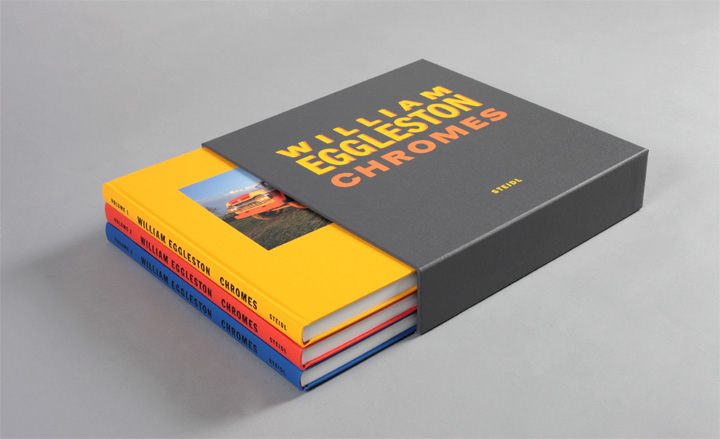
Steidl's meaty volume in three cloth-bound parts, with text by curator Thomas Weski, presents Eggleston's early Memphis imagery and shows his stellar depiction of 1970s Southern America
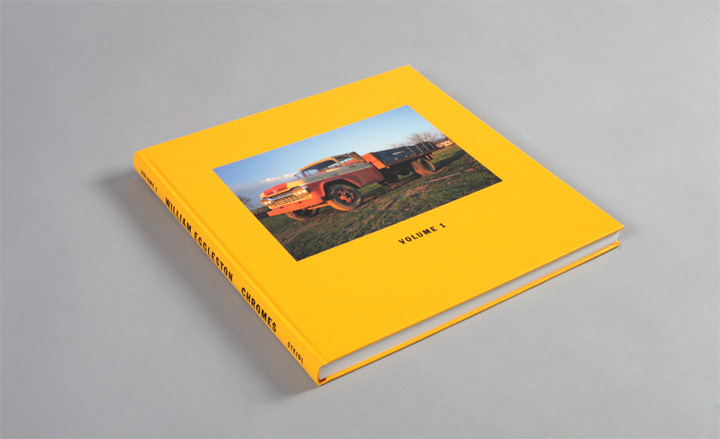
Designed by Gerhard Steidl and Eggleston and put together with the help of his sons, William Eggleston III and Winston, the publication brings together over 5,000 Kodachromes and Ektachromes (the transparency films that used to be the standard in the 1960s and 1970s)
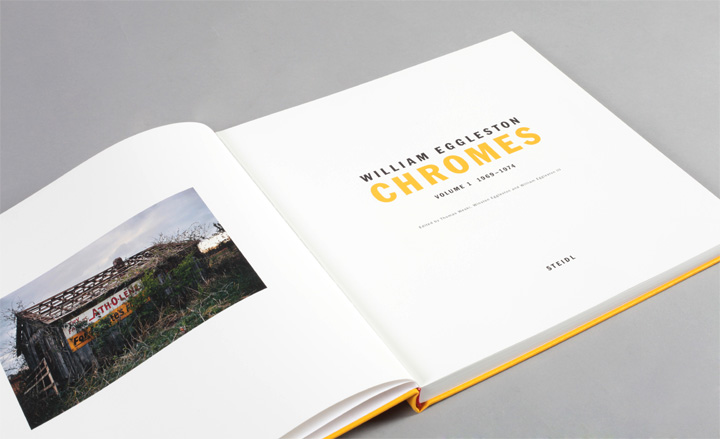
Volume 1, 1969-1974, from 'Chromes' by William Eggleston
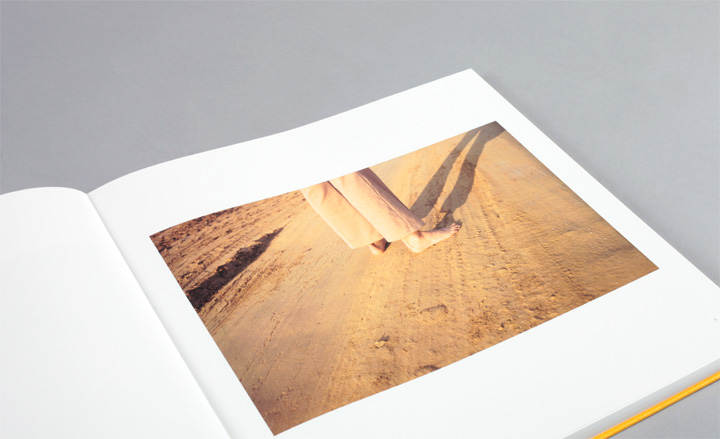
Volume 1, 1969-1974, from 'Chromes' by William Eggleston
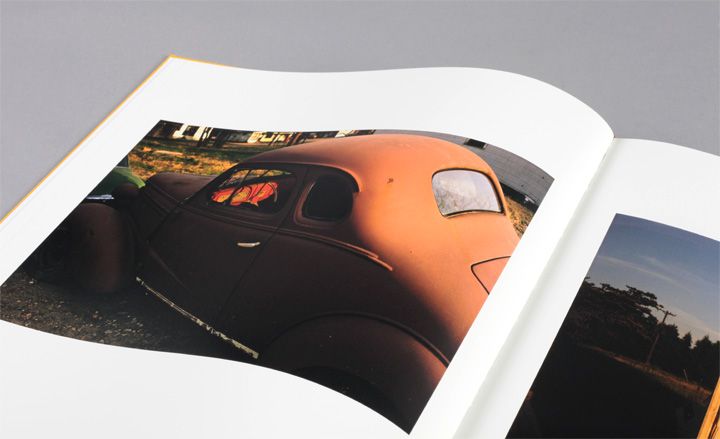
Volume 1, 1969-1974, from 'Chromes' by William Eggleston
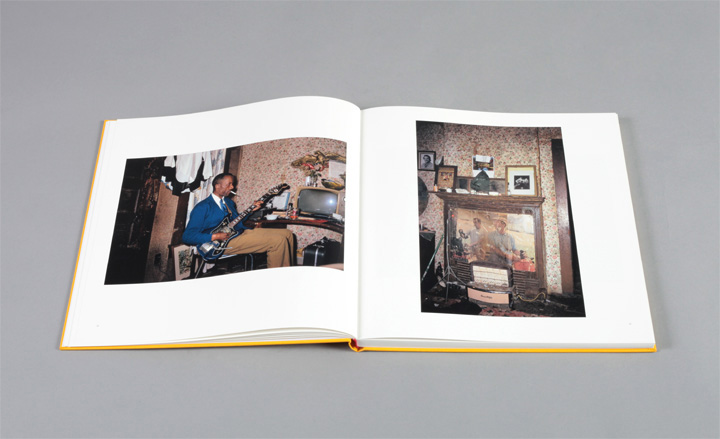
Volume 1, 1969-1974, from 'Chromes' by William Eggleston
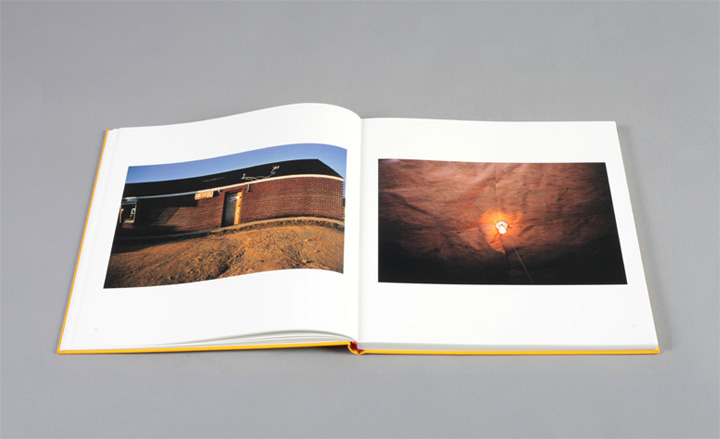
Volume 1, 1969-1974, from 'Chromes' by William Eggleston
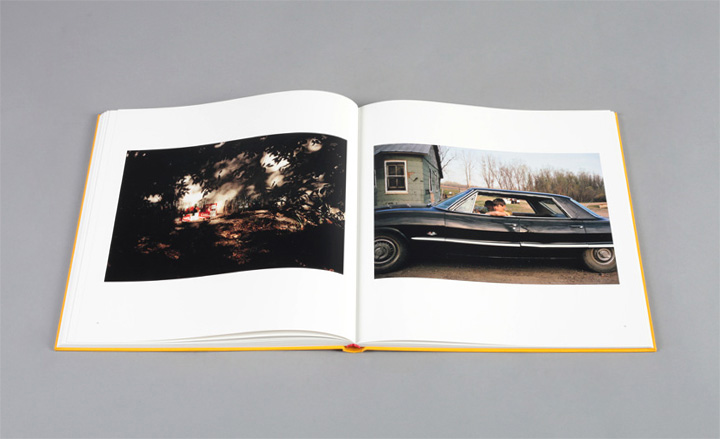
Volume 1, 1969-1974, from 'Chromes' by William Eggleston
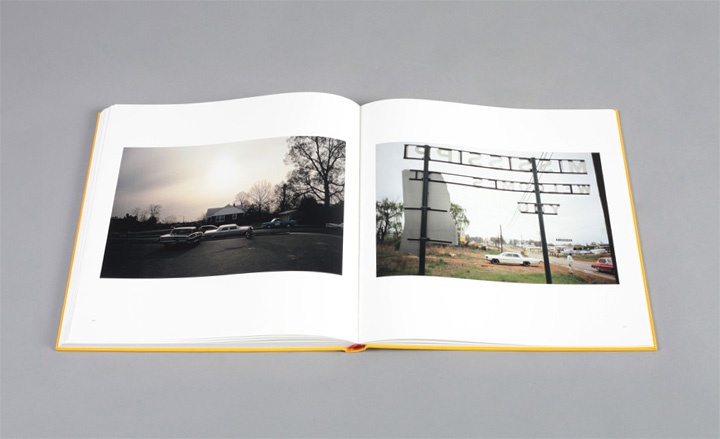
Volume 1, 1969-1974, from 'Chromes' by William Eggleston
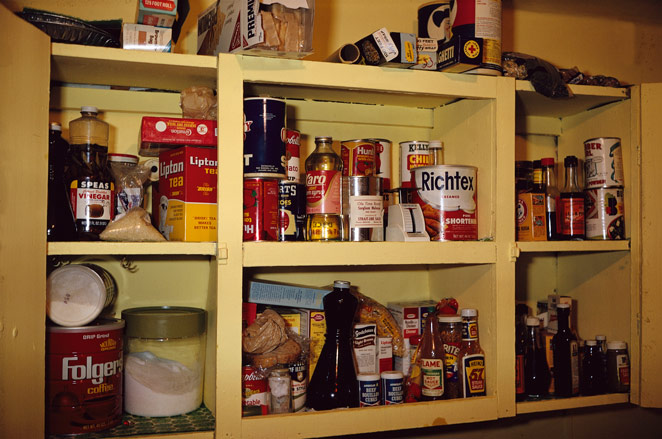
Volume 1, 1969-1974, from 'Chromes' by William Eggleston.
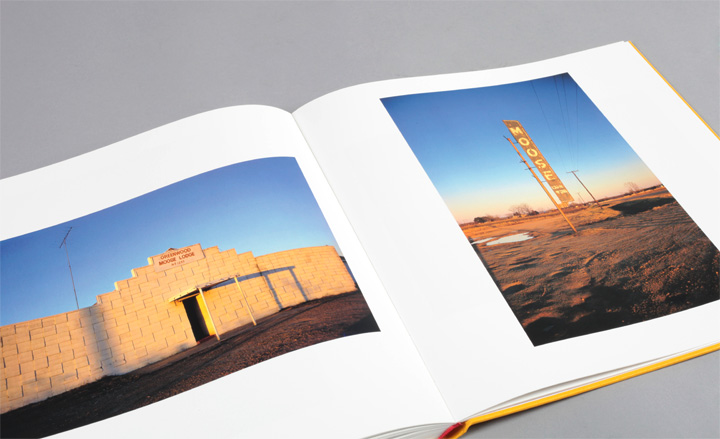
Volume 1, 1969-1974, from 'Chromes' by William Eggleston
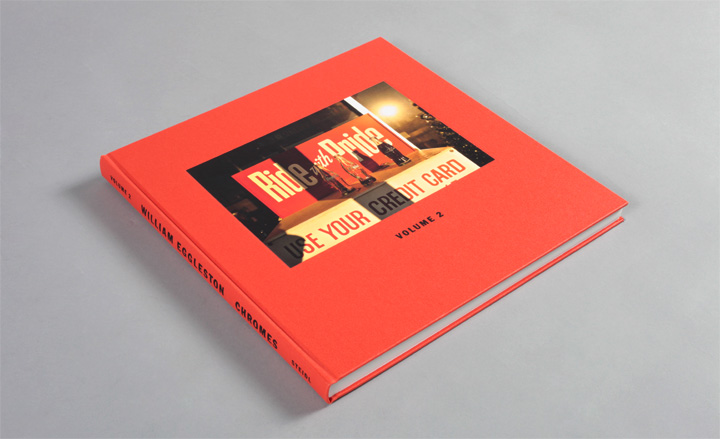
Volume 2, 1969-1974, from 'Chromes' by William Eggleston
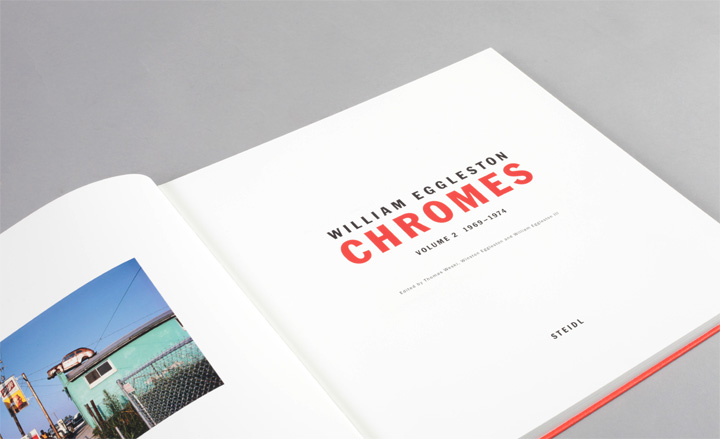
Volume 2, 1969-1974, from 'Chromes' by William Eggleston
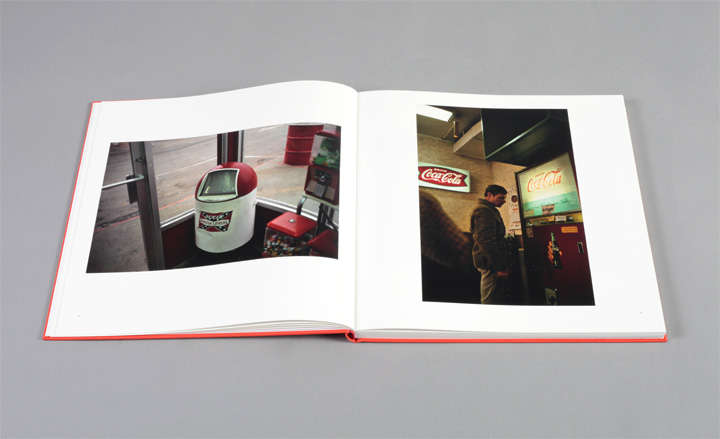
Volume 2, 1969-1974, from 'Chromes' by William Eggleston
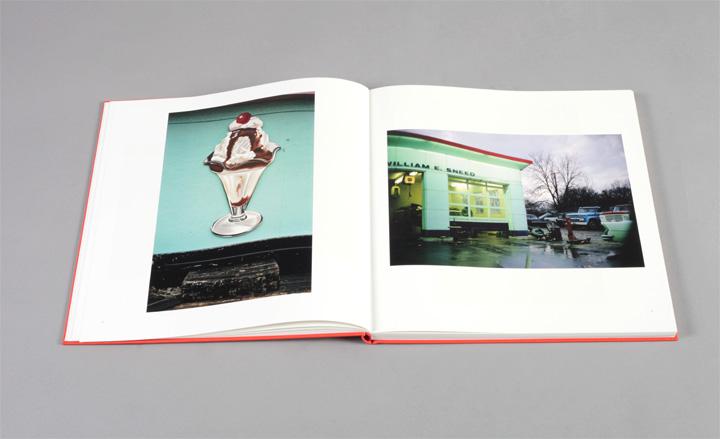
Volume 2, 1969-1974 from 'Chromes' by William Eggleston
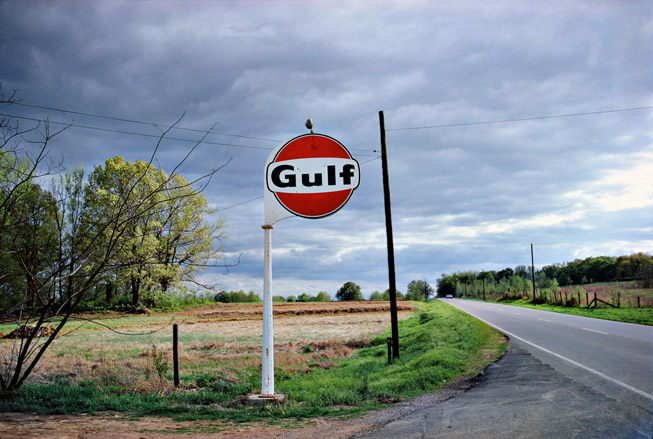
Volume 2, 1969-1974, from 'Chromes' by William Eggleston.
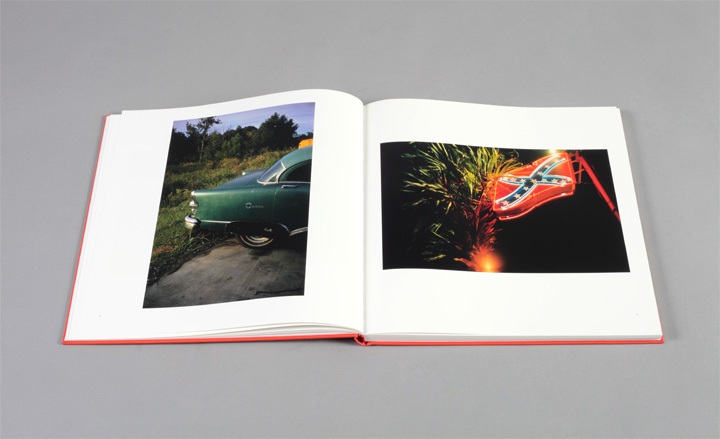
Volume 2, 1969-1974, from 'Chromes' by William Eggleston
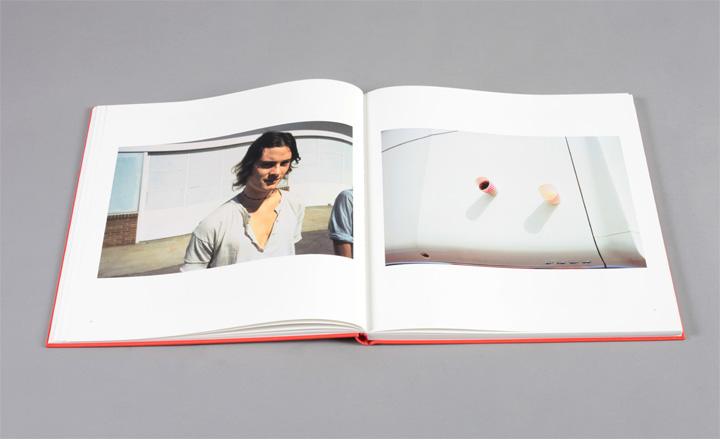
Volume 2, 1969-1974, from 'Chromes' by William Eggleston
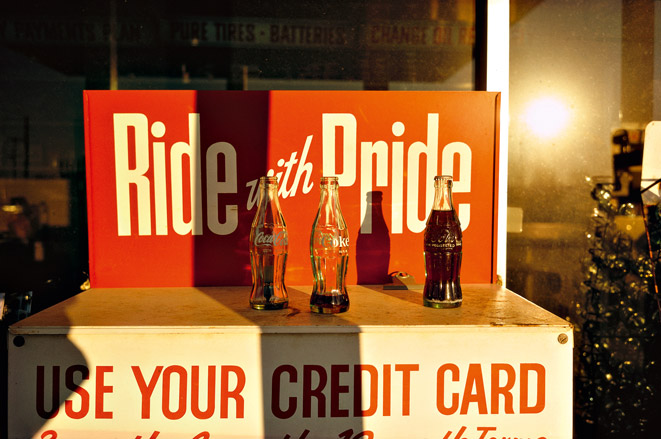
Volume 2, 1969-1974, from 'Chromes' by William Eggleston.
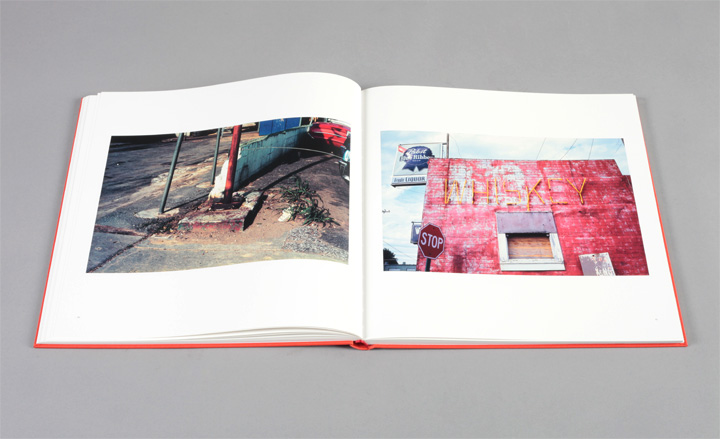
Volume 2, 1969-1974, from 'Chromes' by William Eggleston
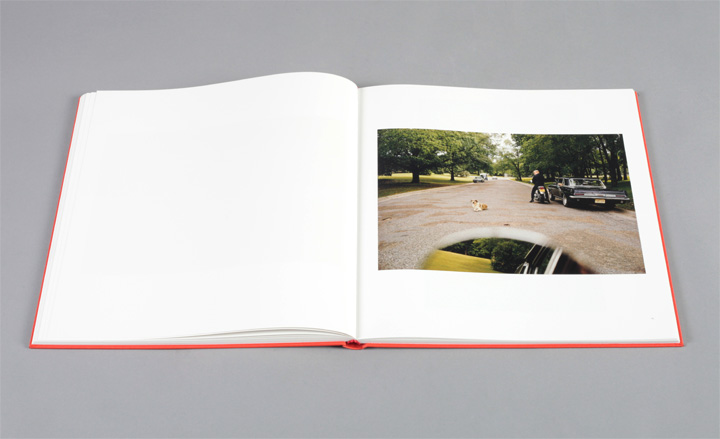
Volume 2, 1969-1974, from 'Chromes' by William Eggleston
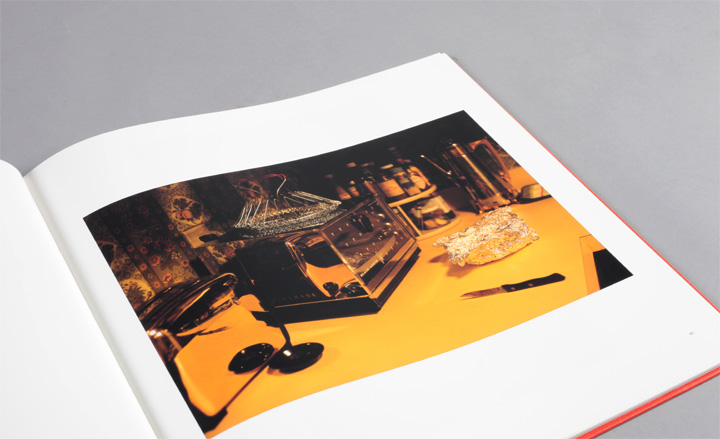
Volume 2, 1969-1974, from 'Chromes' by William Eggleston

Volume 2, 1969-1974, from 'Chromes' by William Eggleston
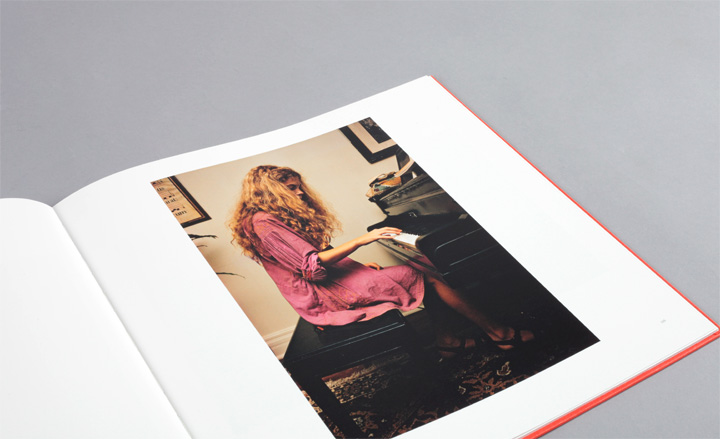
Volume 2, 1969-1974, from 'Chromes' by William Eggleston
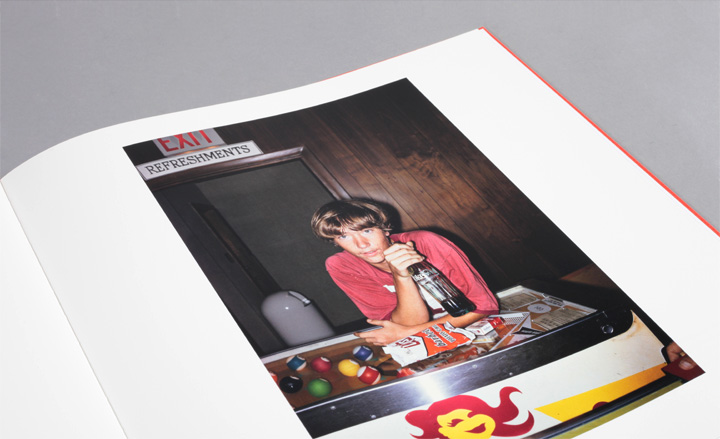
Volume 2, 1969-1974, from 'Chromes' by William Eggleston
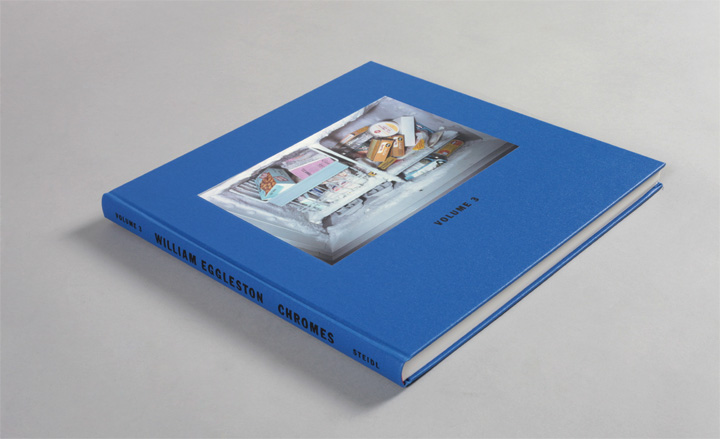
Volume 3, 1969-1974, from 'Chromes' by William Eggleston
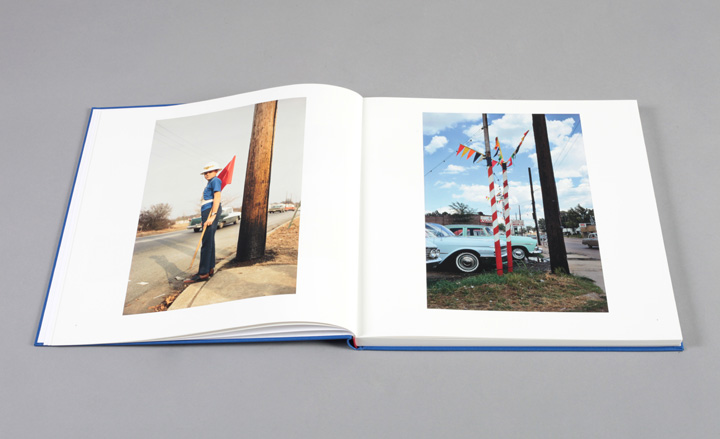
Volume 3, 1969-1974, from 'Chromes' by William Eggleston

Volume 3, 1969-1974, from 'Chromes' by William Eggleston
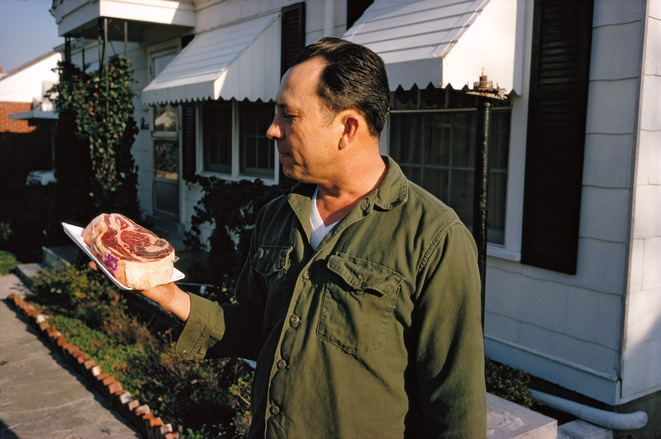
Volume 3, 1969-1974, from 'Chromes' by William Eggleston.
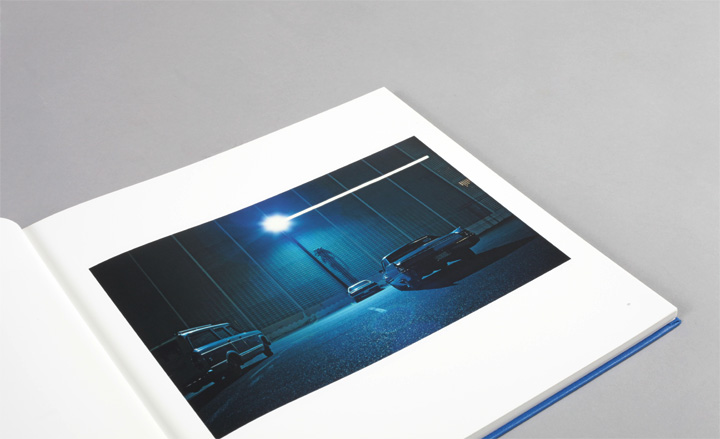
Volume 3, 1969-1974, from 'Chromes' by William Eggleston
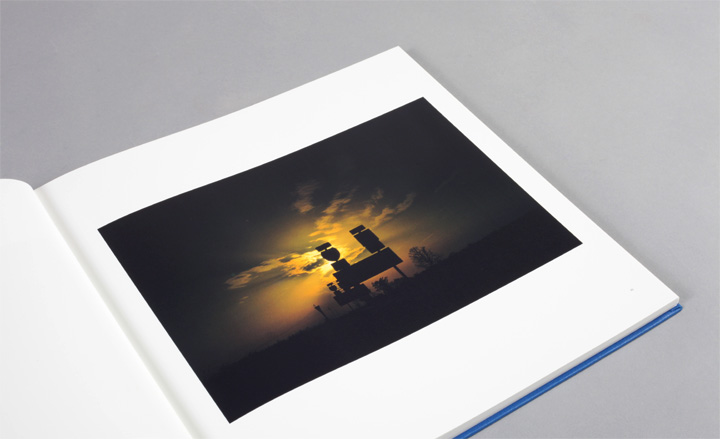
Volume 3, 1969-1974, from 'Chromes' by William Eggleston
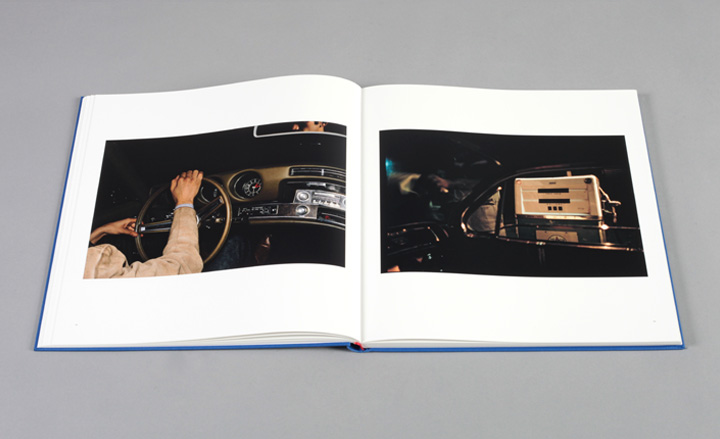
Volume 3, 1969-1974, from 'Chromes' by William Eggleston
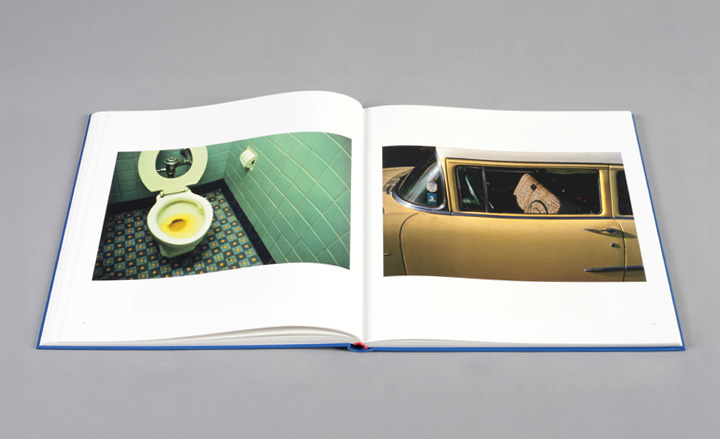
Volume 3, 1969-1974, from 'Chromes' by William Eggleston
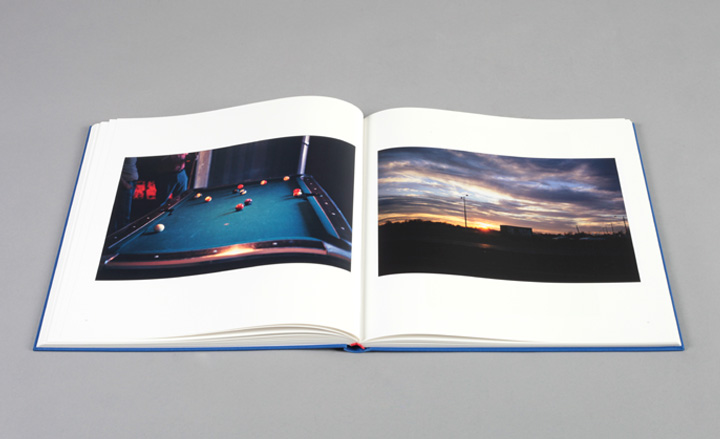

Volume 3, 1969-1974, from 'Chromes' by William Eggleston.
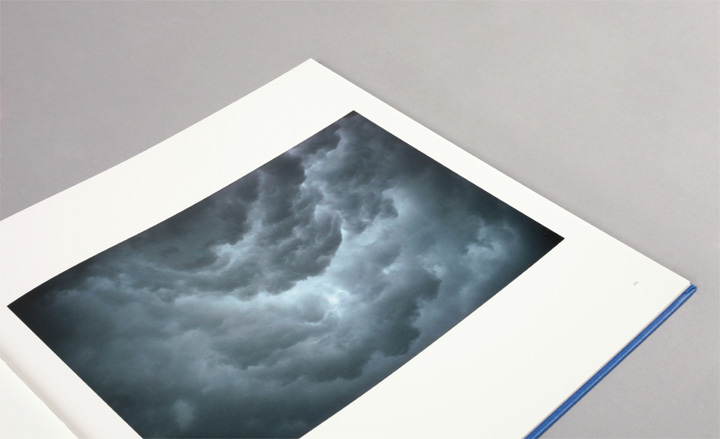
Volume 3, 1969-1974, from 'Chromes' by William Eggleston
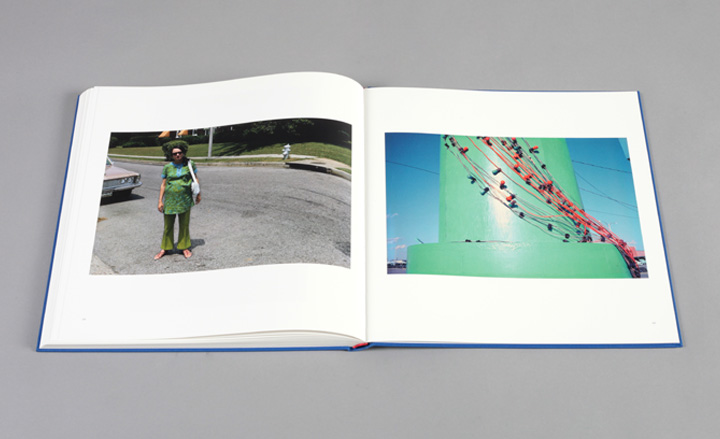
Volume 3, 1969-1974, from 'Chromes' by William Eggleston
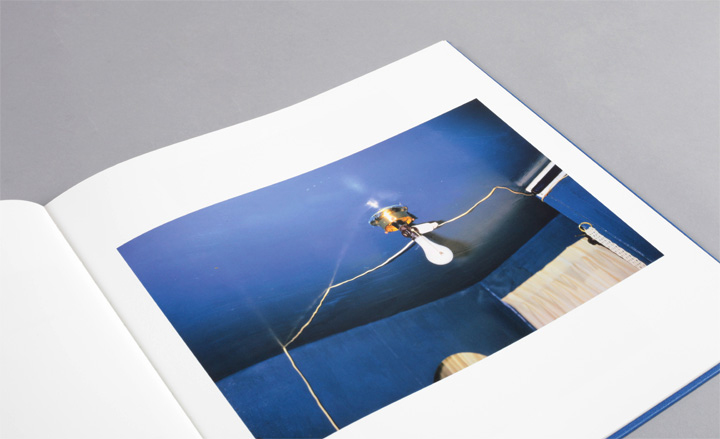
Volume 3, 1969-1974, from 'Chromes' by William Eggleston
Receive our daily digest of inspiration, escapism and design stories from around the world direct to your inbox.
-
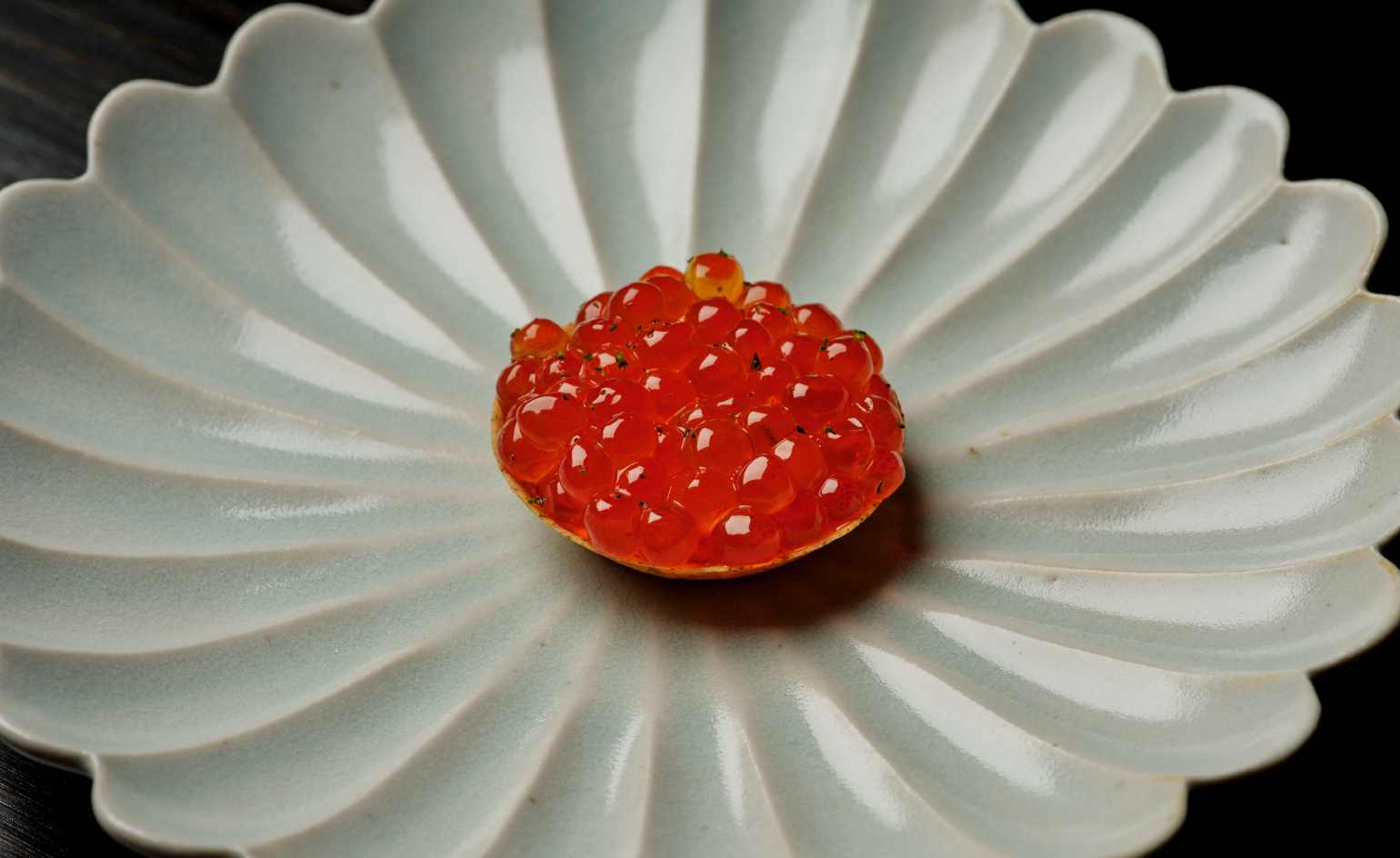 This cult Los Angeles pop-up restaurant now has a permanent address
This cult Los Angeles pop-up restaurant now has a permanent addressChef Brian Baik’s Corridor 109 makes its permanent debut in Melrose Hill. No surprise, it's now one of the hardest tables in town to book
-
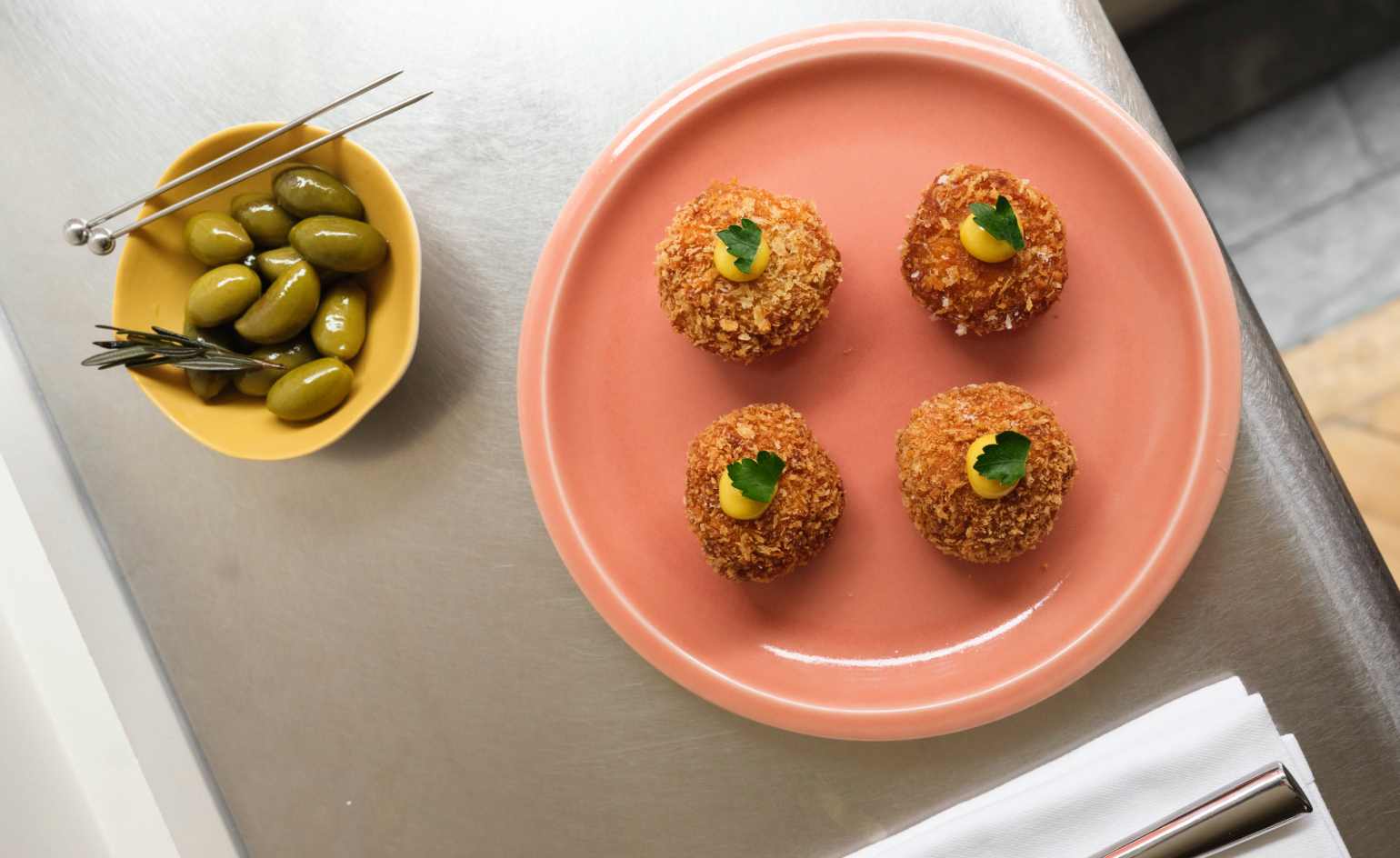 French bistro restaurant Maset channels the ease of the Mediterranean in London
French bistro restaurant Maset channels the ease of the Mediterranean in LondonThis Marylebone restaurant is shaped by the coastal flavours, materials and rhythms of southern France
-
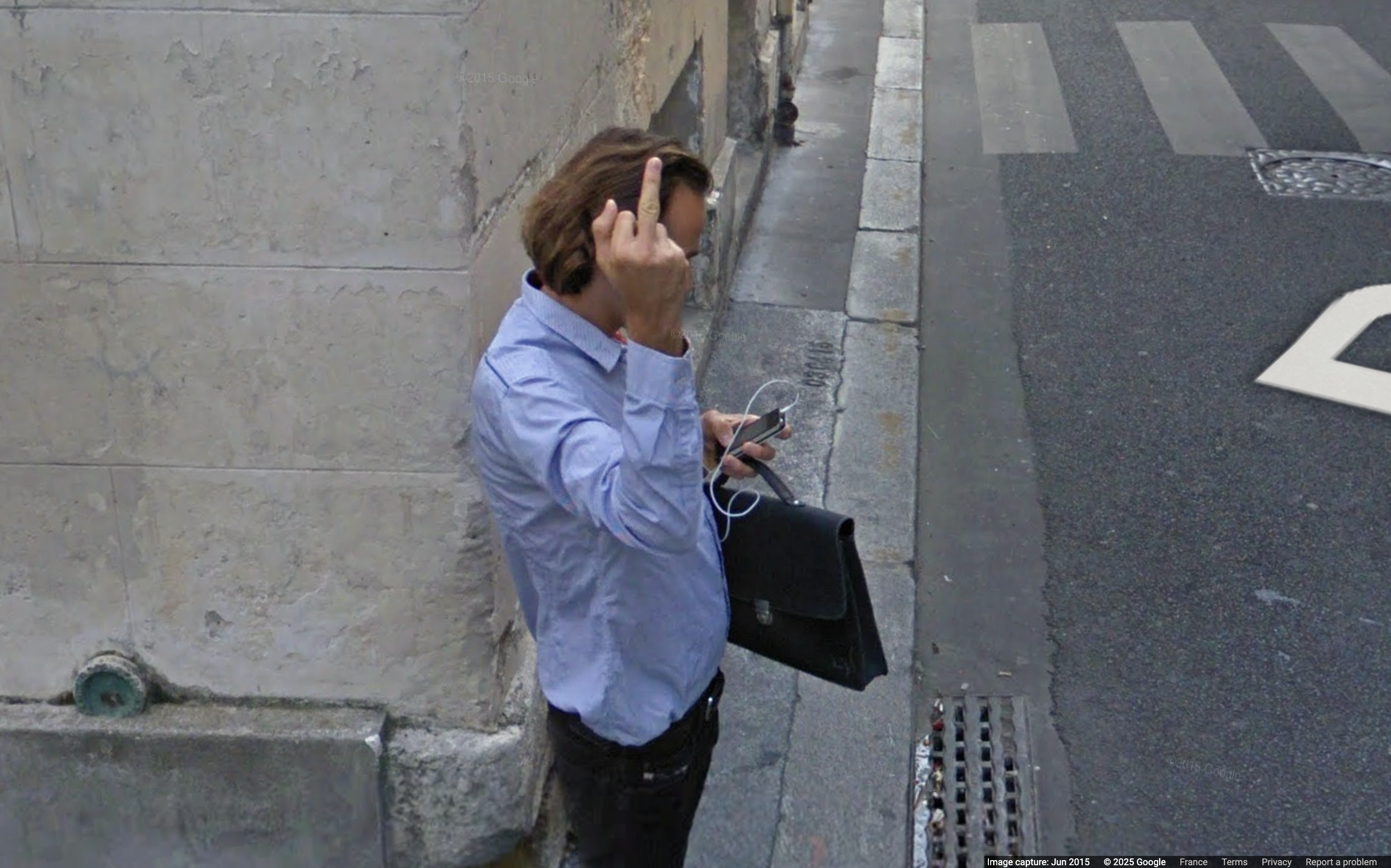 How ethical is Google Street View, asks Jon Rafman in Copenhagen
How ethical is Google Street View, asks Jon Rafman in CopenhagenIn 'Report a Concern - the Nine Eyes Archives' at Louisiana Museum of Art, Copenhagen, Jon Rafman considers technology's existential implications
-
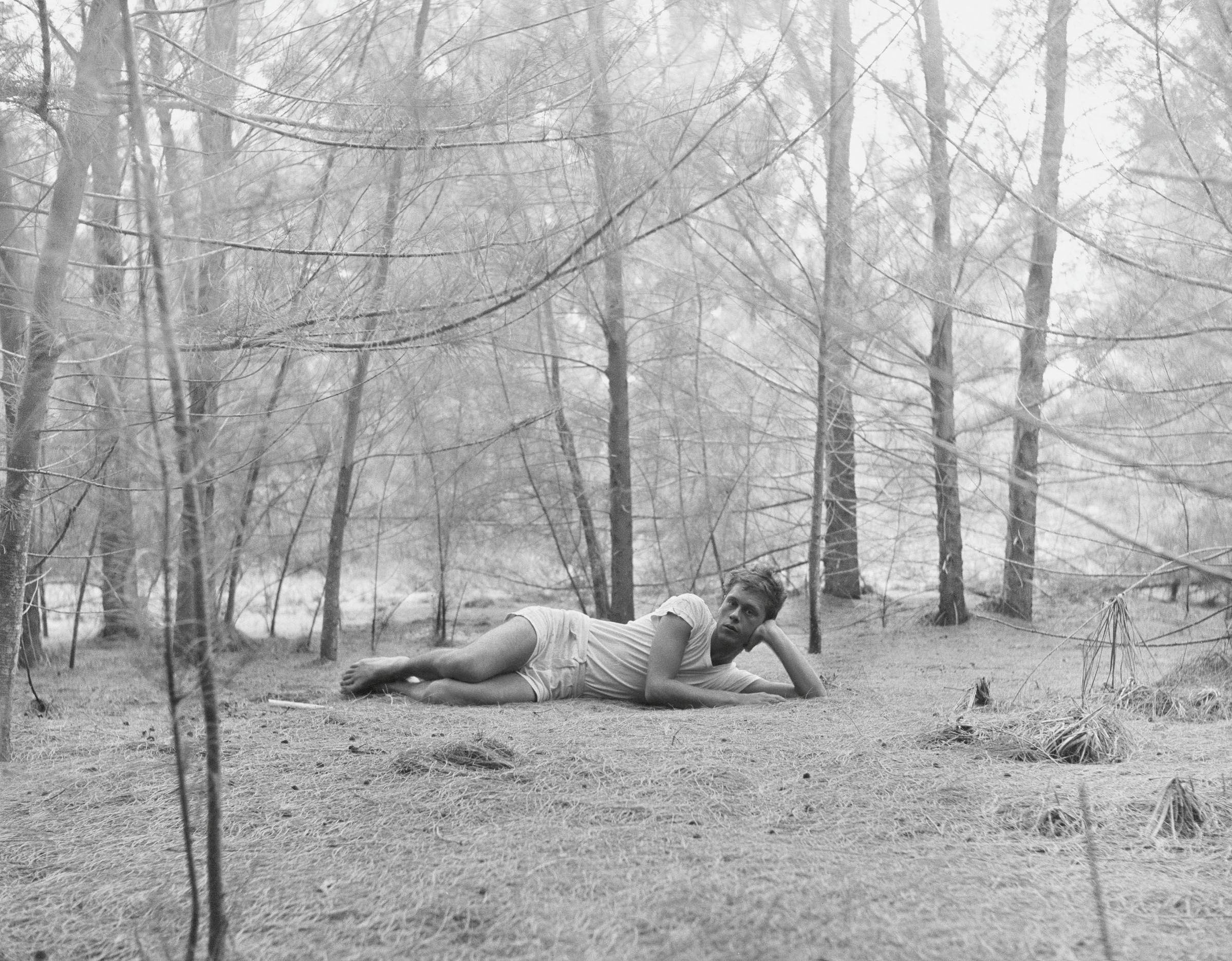 Inside the seductive and mischievous relationship between Paul Thek and Peter Hujar
Inside the seductive and mischievous relationship between Paul Thek and Peter HujarUntil now, little has been known about the deep friendship between artist Thek and photographer Hujar, something set to change with the release of their previously unpublished letters and photographs
-
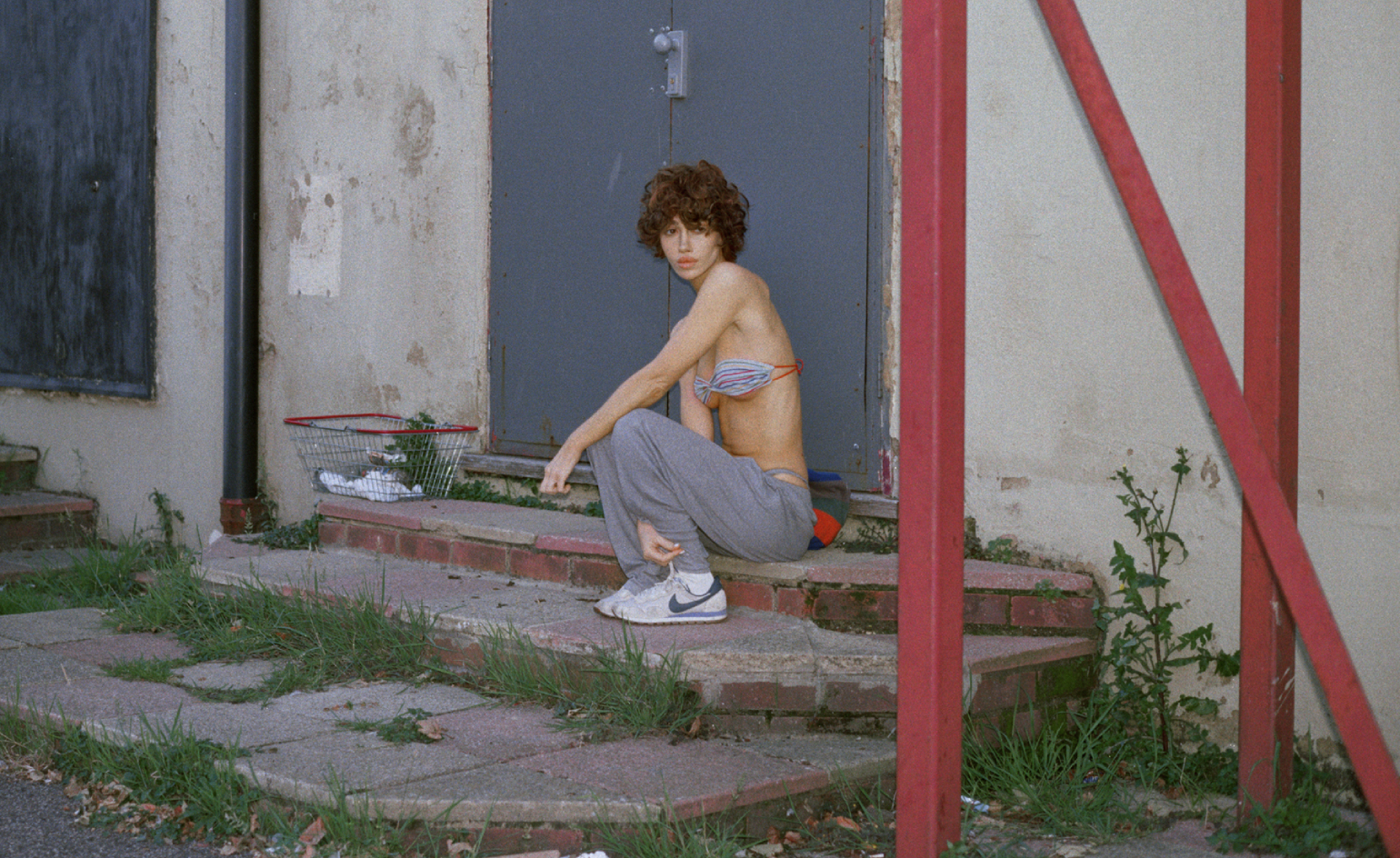 Nadia Lee Cohen distils a distant American memory into an unflinching new photo book
Nadia Lee Cohen distils a distant American memory into an unflinching new photo book‘Holy Ohio’ documents the British photographer and filmmaker’s personal journey as she reconnects with distant family and her earliest American memories
-
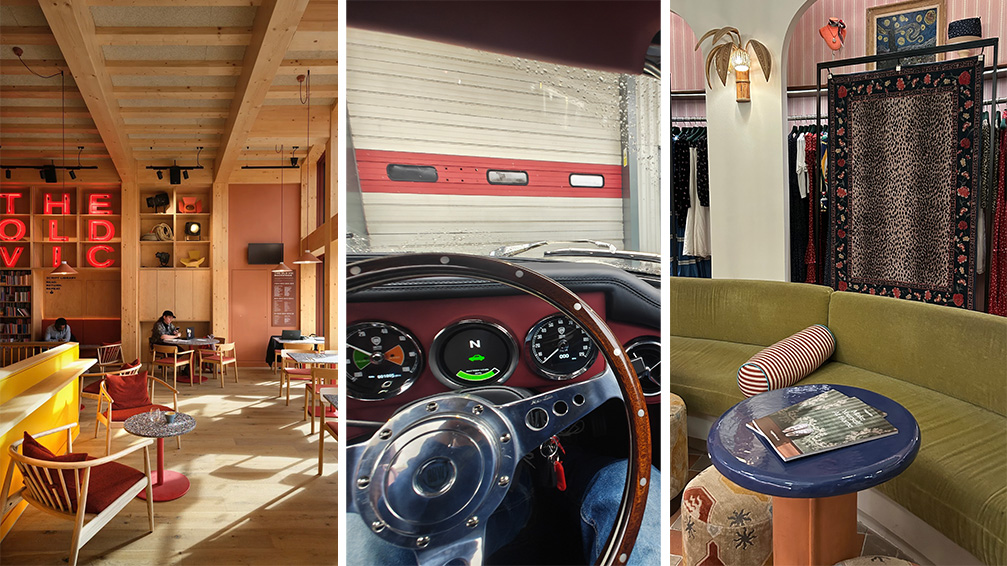 Out of office: The Wallpaper* editors’ picks of the week
Out of office: The Wallpaper* editors’ picks of the weekThe rain is falling, the nights are closing in, and it’s still a bit too early to get excited for Christmas, but this week, the Wallpaper* team brought warmth to the gloom with cosy interiors, good books, and a Hebridean dram
-
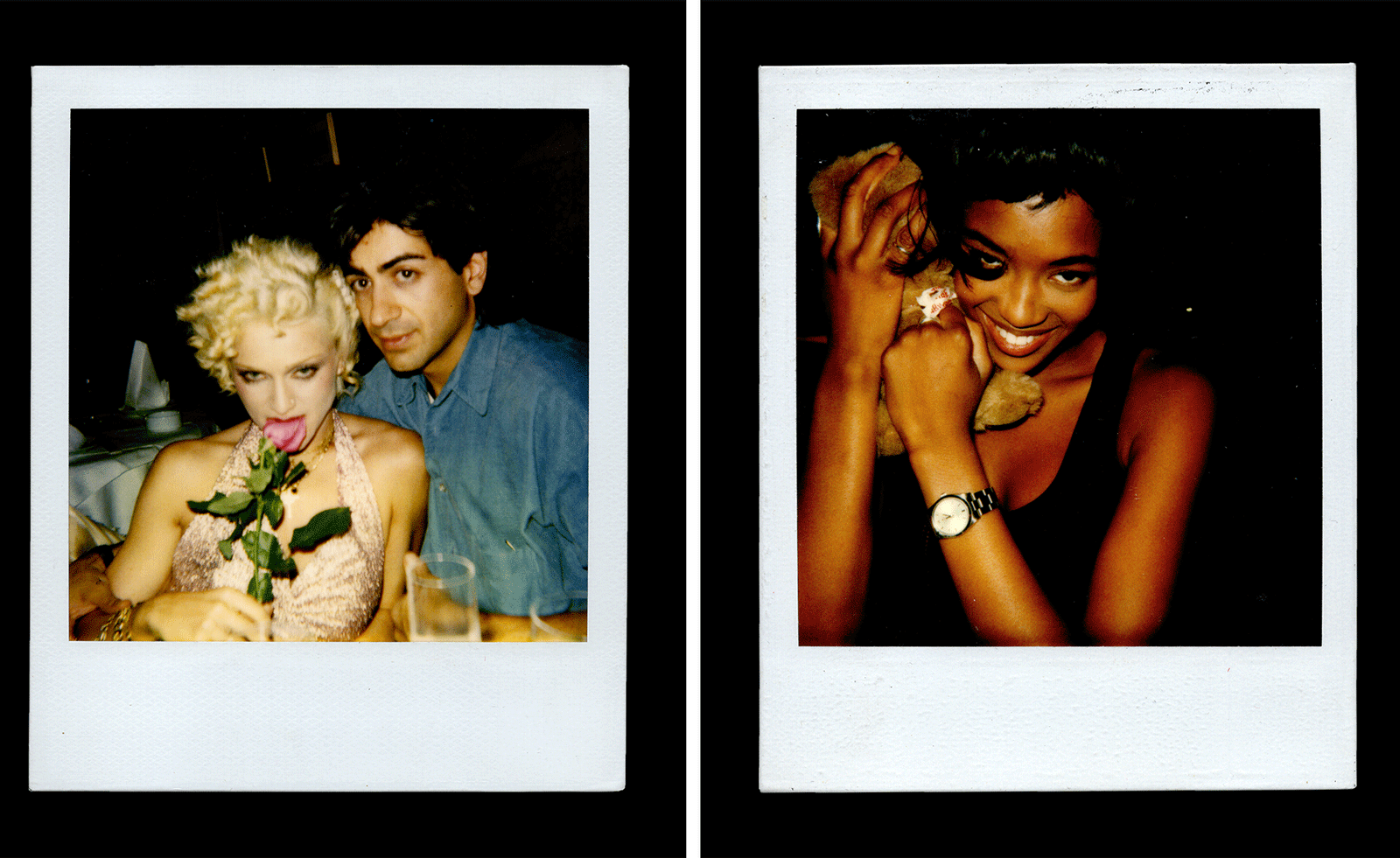 Inside Davé, Polaroids from a little-known Paris hotspot where the A-list played
Inside Davé, Polaroids from a little-known Paris hotspot where the A-list playedChinese restaurant Davé drew in A-list celebrities for three decades. What happened behind closed doors? A new book of Polaroids looks back
-
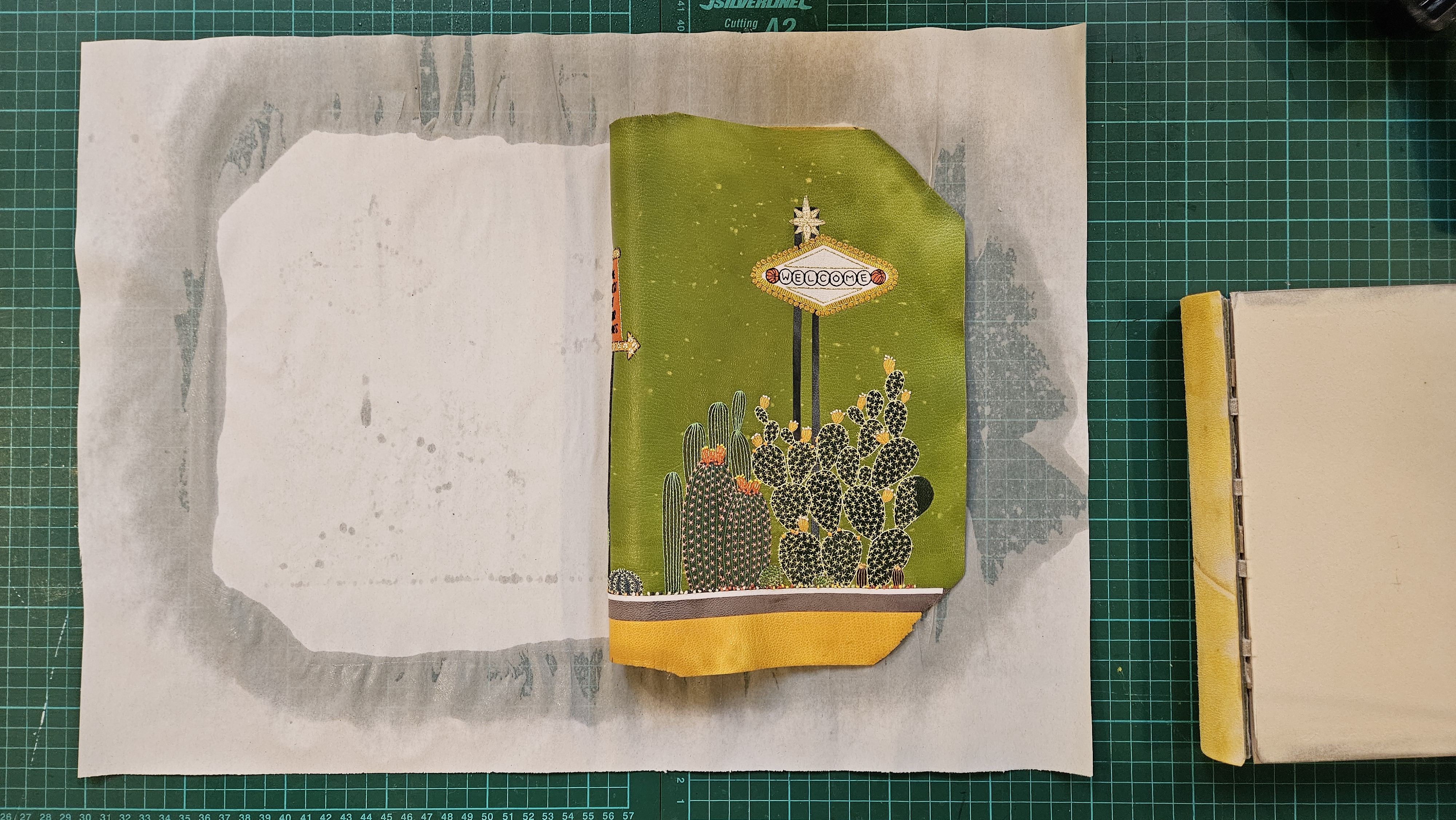 Inside the process of creating the one-of-a-kind book edition gifted to the Booker Prize shortlisted authors
Inside the process of creating the one-of-a-kind book edition gifted to the Booker Prize shortlisted authorsFor over 30 years each work on the Booker Prize shortlist are assigned an artisan bookbinder to produce a one-off edition for the author. We meet one of the artists behind this year’s creations
-
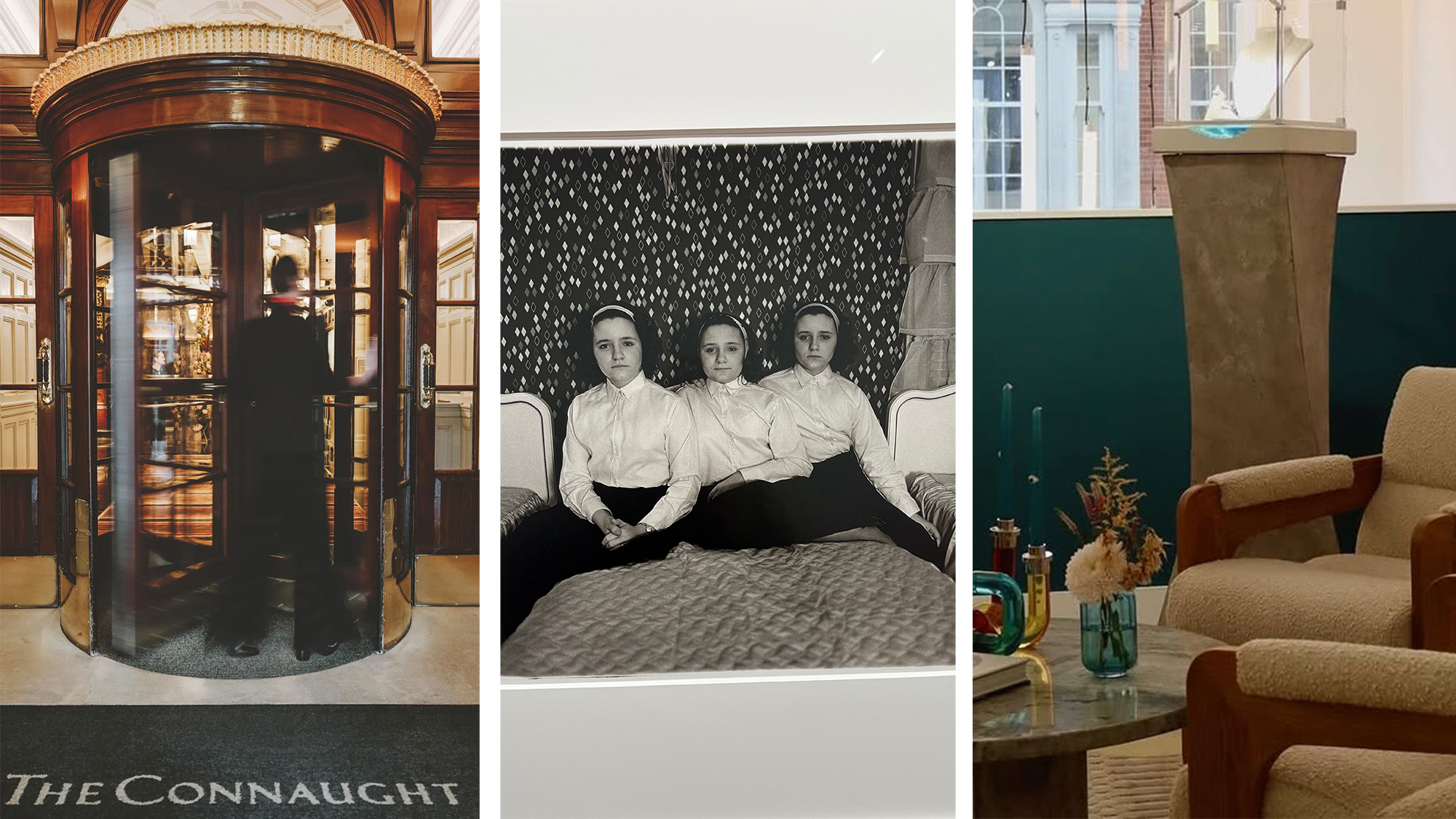 Out of office: The Wallpaper* editors’ picks of the week
Out of office: The Wallpaper* editors’ picks of the weekThis week, the Wallpaper* editors curated a diverse mix of experiences, from meeting diamond entrepreneurs and exploring perfume exhibitions to indulging in the the spectacle of a Middle Eastern Christmas
-
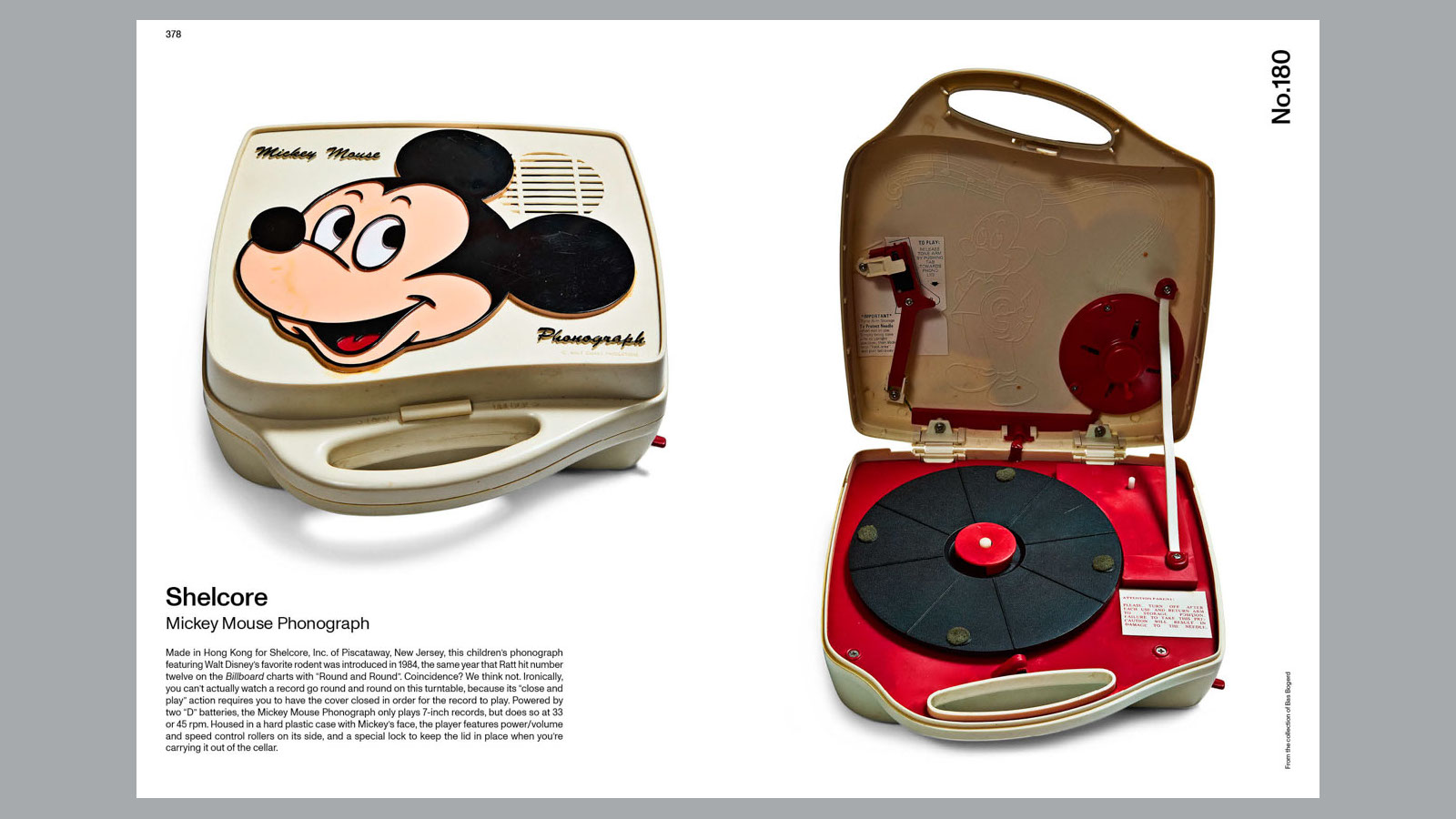 14 of the best new books for music buffs
14 of the best new books for music buffsFrom music-making tech to NME cover stars, portable turntables and the story behind industry legends – new books about the culture and craft of recorded sound
-
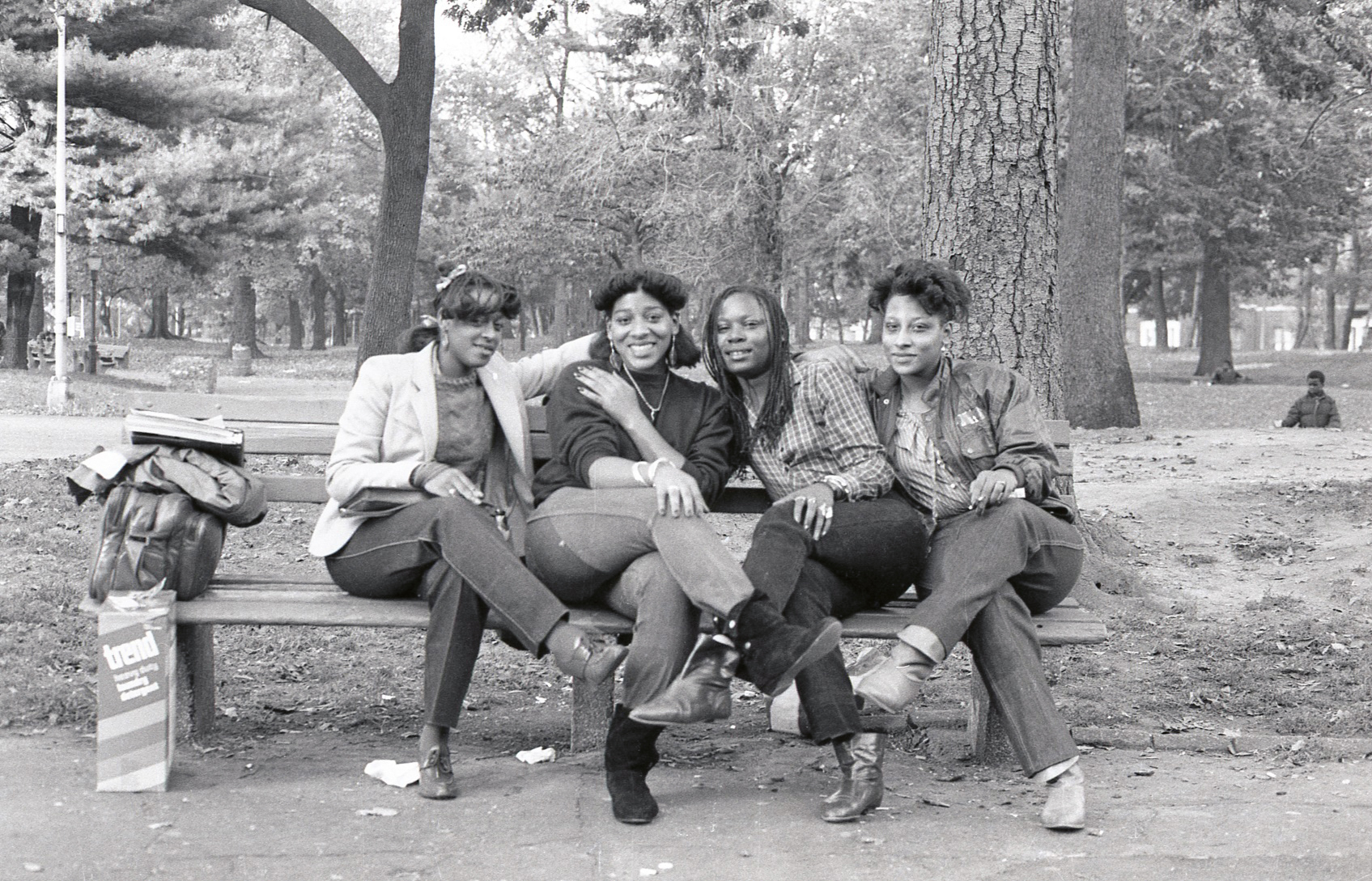 Jamel Shabazz’s photographs are a love letter to Prospect Park
Jamel Shabazz’s photographs are a love letter to Prospect ParkIn a new book, ‘Prospect Park: Photographs of a Brooklyn Oasis, 1980 to 2025’, Jamel Shabazz discovers a warmer side of human nature